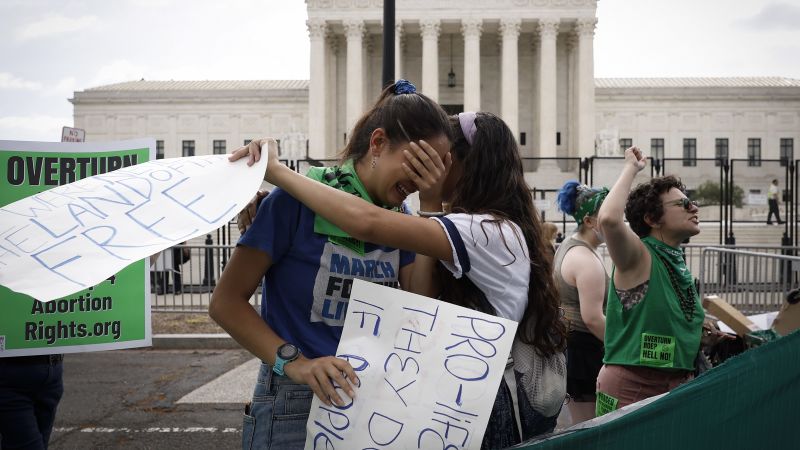The Supreme Court is set to hear its first abortion case since the 2022 reversal of Roe v. Wade, resulting in significant changes in reproductive rights across America. Fourteen states have total bans on abortion, while seven others have imposed substantial restrictions. Some states are trying to block abortion medication and the use of emergency room physicians to terminate pregnancies, sparking political debates and increasing public concern for restrictions. Abortion has become a top election-year issue, with Democrats leveraging public opinion against restrictions, while Republicans like Donald Trump advocate for a nationwide ban on abortions at 15 weeks of pregnancy. The Supreme Court’s reputation has also taken a hit as it tackles controversial issues related to abortion.
The upcoming case involves a challenge to FDA rules on access to the abortion pill mifepristone, which has become the most common method of ending early pregnancies in the US. The lawsuit aims to restrict access to the drug by overturning key FDA provisions, such as allowing its use up to 10 weeks of pregnancy and obtaining prescriptions by mail. Since the Dobbs v. Jackson Women’s Health Organization decision that overturned Roe v. Wade, medication abortions have surged, leading to over 1 million abortions in the US last year. The Biden administration is defending the FDA in this case, focusing on the drug approval process rather than the constitutional implications following the Dobbs decision.
The contentious nature of the case has led to various groups filing briefs that reference the post-Dobbs landscape in America. Those supporting the FDA emphasize the disruption in reproductive care since the decision, while anti-abortion groups invoke the unique nature of abortion to argue against the FDA’s regulations. The composition of the Supreme Court, with a conservative majority that has shifted the legal landscape, plays a crucial role in shaping the outcome of the case. Despite Justice Breyer’s dissent and warnings about the continued legal battles surrounding abortion rights, the court is set to tackle another controversial issue that could have far-reaching consequences.
The case in question, FDA v. Alliance for Hippocratic Medicine, has been a divisive issue, challenging changes made to mifepristone regulations by the FDA in 2016 and 2021. While some argue that the FDA’s decisions were based on scientific evidence and studies, others contest that these changes have raised safety concerns and infringed on the rights of healthcare providers who oppose abortion. The legal standing of the anti-abortion physicians challenging the FDA’s rules is also being questioned, with disagreements on the potential for harm and injury in emergency situations related to medication abortions. The case highlights the broader implications of drug regulation and access, beyond just the specific issue of abortion.
As the Supreme Court prepares to hear arguments in the mifepristone case, the broader cultural and legal backdrop of the post-Dobbs era in America looms large. The implications of the court’s decisions on reproductive rights, healthcare access, and the balance of federal regulations are significant and far-reaching. The outcome of this case could impact not only access to abortion medication but also set precedents for future legal battles over reproductive rights in America. The political and social divisions that have emerged in the aftermath of the Dobbs decision underscore the complexity and sensitivity of the issue at hand, with implications that extend beyond just one court case.


